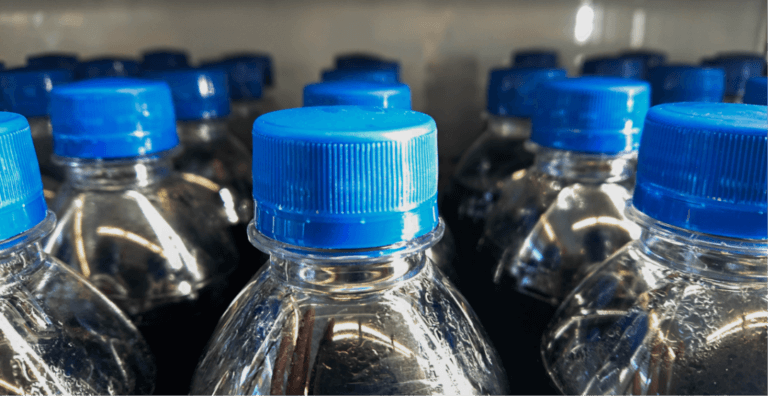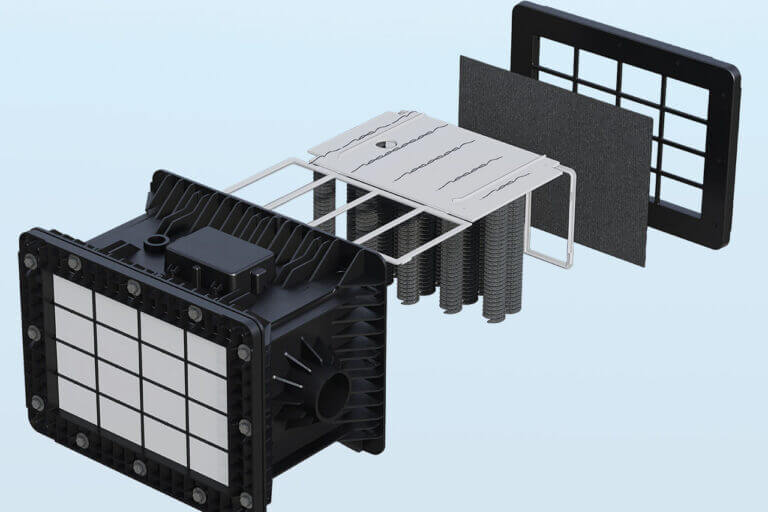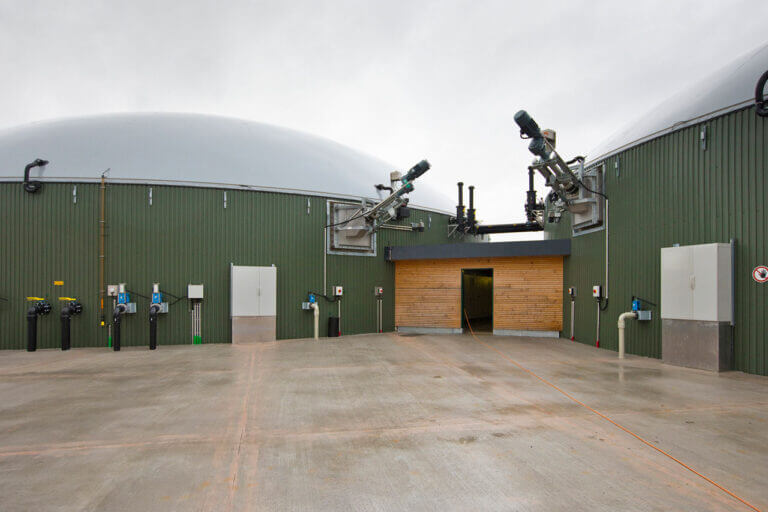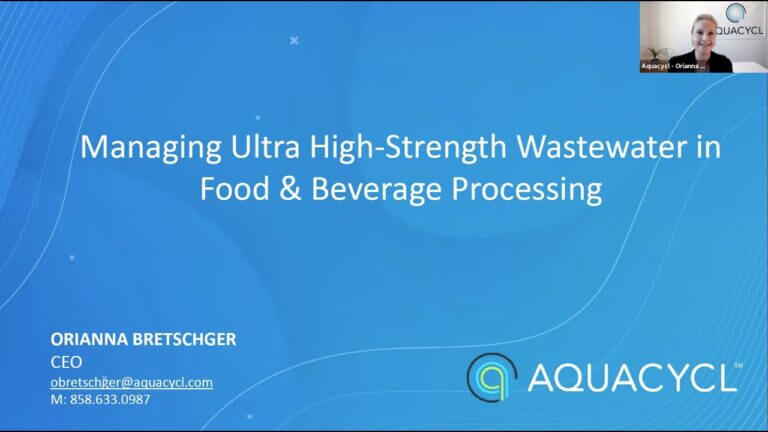Operating a facility is no small task, and for many plant managers, it may seem like there is always something that needs to be improved or for better operations. Technologies are constantly changing, and sometimes it is hard to cut through the noise. It can be easy to stay with “the way we’ve always done things” and stick with good enough. It’s easy and it doesn’t require changing culture, process or technologies.
However, when it comes to wastewater treatment, it can be risky to settle for good enough. Good enough in your wastewater treatment could mean risking non-compliance, hauling accidents, high energy costs and utility surcharges, bad public relations, and more. For example, maybe you have an onsite anaerobic digester and it’s been operating just fine for the last five years. However, with increases in production at your facility, the treatment system has been challenged to keep up, meaning you have to rely on trucking or exceeding your permit limits.
We know retrofitting an existing, conventionally-built wastewater treatment facility is expensive, and building a brand new facility even more so. Furthermore, trying a new wastewater treatment system can feel daunting. No one wants to be the first to try something new when it comes to wastewater.
We get it. But, sometimes good enough just isn’t enough, and sometimes the benefits of being the first to make a change are more than worth the risk. The following is a more in-depth look into why no action can bring more risks than rewards and how you can make a positive, sustainable change with wastewater treatment that can actually cut your expenditures.
Stop Leaving Money on the Table
Yes, changing how a facility treats its wastewater could save money on wastewater management. We’ve talked to companies that are spending $2M per year in hauling and surcharges. Not all improvements are costly improvements. The best way to see whether or not your plant is leaving money on the table in the arena of wastewater treatment is to understand where you are spending money and where you could improve.
Some of the most common places companies are leaving money on the table include:
- High sewer surcharge costs
- Energy costs
- Trucking and disposal costs
- Training personnel to manage wastewater costs
- Inherent costs of treating the whole system rather than prioritizing and diverting higher-strength streams
You Could Enjoy Greater Sustainability
Leading companies are considering both the financial and environmental impact of investments, recognizing that long term business sustainability is dependent on public perception, as well as mitigating risks associated with a changing climate. They consider how their actions ripple through the community — both their local community and the global community at large.
A recent poll of 2,000 C-suite executives across 21 countries found that one-fifth of the businesses they represented were taking decisive steps on sustainability. While those same executives admitted that they were struggling with meaningful transformations, the desire to make those steps existed.
Updating to a more effective wastewater management system is one unexpected way to improve sustainable operations which benefits the bottom line, the community, and the environment.
Companies that are leading in water stewardship are looking at addressing multiple dimensions of water quantity, water quality, and access.
- When a company improves quantity, they are looking at the watershed to understand the multiple levers that help address water scarcity. This could take the form of onsite reuse, or it could be watershed restoration, or usually, a combination of both.
- When a company improves quality, they discharge the best possible water, removing contaminants and returning water to the supply that is more readily available for use by other community members.
- When a company improves access, they are keeping in mind the community who may lack water access. For some companies in less infrastructurally-developed areas, this may be a more proactive step such as building distributed sanitation for those companies who don’t have access to clean water.
Finally, building for sustainability also has the private benefit of building for resilience. The more sustainable a company is, the better it will be able to react to future problems like water scarcity.
You Could Avoid Major Risks
We talked about how you might be losing money by not updating to a more improved system, but there are many types of risk inherent in “good enough” when it comes to an outdated or undersized treatment system. Other major risks include:
- Risk of utility increasing rates – Being reliant on a local municipality means being subject to any rate increases — and rates will increase. Sewer surcharges rise an average of 7% a year.
- Risk of utility limiting discharges – Some companies may find production disrupted or limited in the event their utility changes discharge limits.
- Risk of bad utility relationships – Our team at Aquacycl has met with companies where the downstream utility was unable or unwilling to treat their wastewater due to continued excess discharges.
- Risk of regulation changes – Being “good enough” may work in the moment, but the moment regulations change, you risk stricter discharge limits that will force more expensive reactions.
- Risk of financial market demands – Investors today are looking at many dimensions of a company, including their water and climate strategies. Increased risk can result in shareholder pressure and action.
- Risk of poor employee retention – Today’s generation values sustainability. If you aren’t showcasing good compliance, you could be deterring or have difficulty recruiting talent.
- Risk of spillage – If you are moving part or all of your wastewater treatment off-site, then you inherently take on spillage risk. Spilling waste across a roadway or community then comes with…
- Risk of lawsuits – Expensive both in terms of finances and reputation, being sued because of a spill, improper discharge, or other wastewater matter is something that should be actively avoided however possible.
- Risk of non-compliance – Maybe your treatment set-up meets compliance now, but what if you increase facility production?
- Risk of water scarcity – This one may be in the distance for some, but it still is a risk. With an onsite wastewater treatment facility, a company can reduce how much water scarcity will impact them because they will be able to reuse and recycle some of the water that does come through.
Make a Change and Take Charge With Aquacycl
Today, businesses need to proactively drive more meaningful and sustainable changes. Changes like building a more impactful onsite wastewater management system that will save money, minimize environmental impacts, and reduce risks across the spectrum.
That’s exactly where our team at Aquacycl is equipped to help. Contact our team today to learn about how our on-site treatment solutions can radically transform how your facility treats water.











